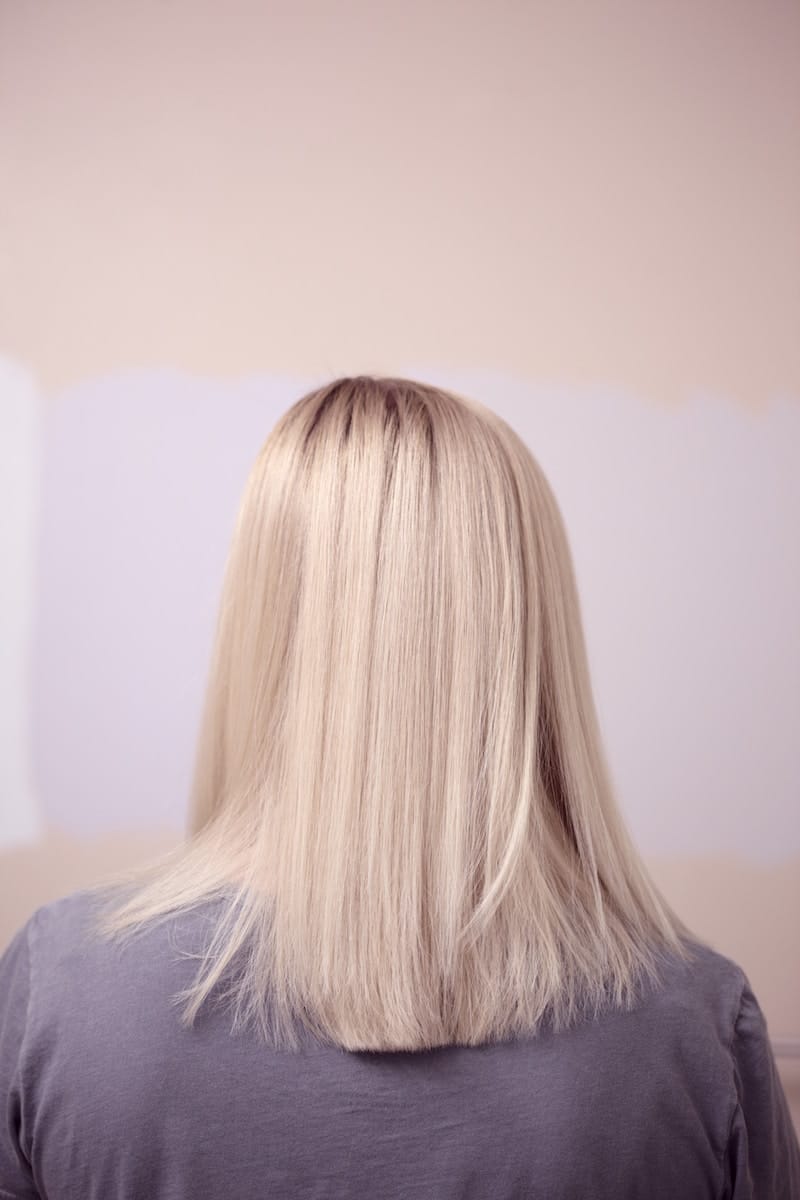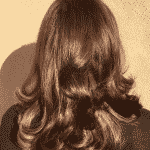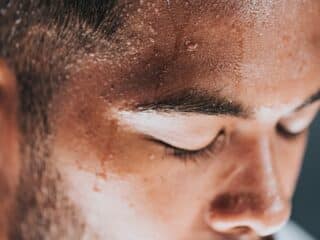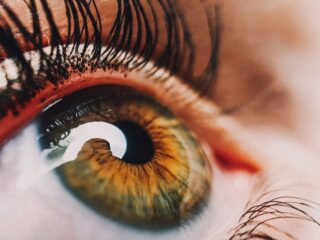
Use Bond Building Products
Bond building hair products are designed to repair broken bonds in bleached, over-processed strands. They contain active ingredients such as bis-aminopropyl diglycol dimaleate that help reconstitute areas within the hair fiber and cortex that may have been compromised during bleaching. This helps restore strength and elasticity for healthier looking, hydrated hair. Alternate your usual conditioner with a weekly bond building treatment like the ones recommended in this article on the best bleach for dark hair without damage
Pick the Right Shampoo and Conditioner
It is essential to use specialized products formulated for color treated and damaged hair. Opt for a hydrating shampoo and conditioner containing ingredients like glycerin, dimethicone and shea butter to increase moisture levels. Steer clear of shampoos with sulfates which can be harsh and drying. Always shampoo gently focusing just on the scalp and then apply conditioner from roots to ends. Leave the conditioner on for a few minutes before rinsing for maximum hydration.
Incorporate Hair Masks
For an intensive weekly treatment, apply a reparative hair mask that penetrates the hair cuticle. Opt for a reparative hair mask containing fatty acids, ceramides and proteins which help rebuild damaged areas in each strand. Let the mask soak in for 15-30 minutes before rinsing out. Some top options include SheaMoisture Manuka Honey & Yogurt Hydrate + Repair Protein Power Treatment, Briogeo Don’t Despair Repair Mask, and K18 Biomimetic Hairscience Restorative Mask. Use a mask instead of conditioner each week for super soft, nourished hair.
Give Your Scalp Some TLC
A healthy scalp is key for optimal hair health and growth. But bleaching can disrupt the scalp’s hydrolipidic film which is the top protective layer. Ensure your scalp stays hydrated and balanced by massaging in coconut, argan, jojoba or olive oils. Or use a pre-shampoo scalp treatment before washing your hair. Rotating scalp care products will help keep the scalp in its best health for strong, nourished strands.
Hydrate with Natural Oils
For an intensive moisture treatment, turn to antioxidant-rich natural oils. Coconut, almond, argan and olive oil are excellent options. Apply warmed oil to the lengths of hair and roots, massaging gently. Cover strands with a shower cap and wrap hair in a warm towel to help the oils penetrate deeper. Leave on for 30 minutes to overnight, then shampoo and condition as usual. The oils will provide a hydration boost to parched blonde locks.
Brush With a Boar Bristle Brush
Using a natural boar bristle brush to smooth and distribute the hair’s natural oils from the scalp down the lengths is an easy daily practice. This helps condition bleached strands and reduces frizz. Make sure to brush hair gently starting from the ends and working up towards the roots. The boar bristles will grab oils from your scalp and spread them along each strand for added moisture without leaving hair looking greasy.
Limit Heat Styling
Frequent heat styling with blow dryers, curling irons and straighteners can worsen the dryness and damage of color-treated hair. Let your hair air dry as often as possible and turn down the heat on hot tools. Always use a thermal protectant spray before heat styling to minimize damage. Avoid going above 300-320 degrees when possible. Take a break from hot tools altogether every so often to give your strands a chance to recuperate.
Take Biotin Supplements
Biotin is a B complex vitamin that helps stimulate keratin production for faster hair growth and improved texture. Bleached hair is more prone to breakage, thinning and slowed growth – all issues biotin can help address. Take 2.5 mg of biotin daily to support stronger, healthier growing hair. Make sure to also eat a diet rich in biotin containing foods like nuts, whole grains, salmon and eggs.
Trim Regularly
Schedule trims every 6-8 weeks to snip away any split, damaged ends which can worsen breakage higher up the hair shaft. Tell your stylist you need just a dusting to remove the bare minimum of length while getting rid of stubborn splits. Regular light trims keep bleached hair healthy and strong.
Use a Clarifying Shampoo
Product buildup from thick conditioners and styling creams can make bleached hair look lifeless and feel weighed down over time. Using a clarifying shampoo once a week will remove grease, minerals, and other impurities that regular shampoos leave behind. Massage it into the scalp and lengths and rinse thoroughly. Hair will have more body and bounce. Follow with a hydrating conditioner.
Avoid Chlorine and Salt Water
Chemicals like chlorine from pools and salt from ocean water can be damaging to bleached hair. Always wet hair thoroughly before swimming and coat strands with a protective leave-in conditioner. Opt for a swim cap for an added barrier. Wash hair right after swimming to remove any chemical residue or salt. Limit ocean and pool time to prevent excessive dryness and brittleness.
Use a Silk Pillowcase
Cotton pillowcases can cause frizz and tangles leading to breakage of fragile bleached strands. Invest in silk or satin pillowcases which allow hair to smoothly glide across the surface. This reduces friction and knotting overnight. Try tying hair in a loose braid or bun before bed as an added preventative measure against breakage.
With the proper at-home care and salon treatments, bleached hair can maintain its beautiful blonde color while staying strong and healthy. Be diligent about deep conditioning, protective styling, hydrating oils and minimizing damage from styling. With time and TLC, those fragile bleached strands will be restored back to their shiny, vibrant glory.





